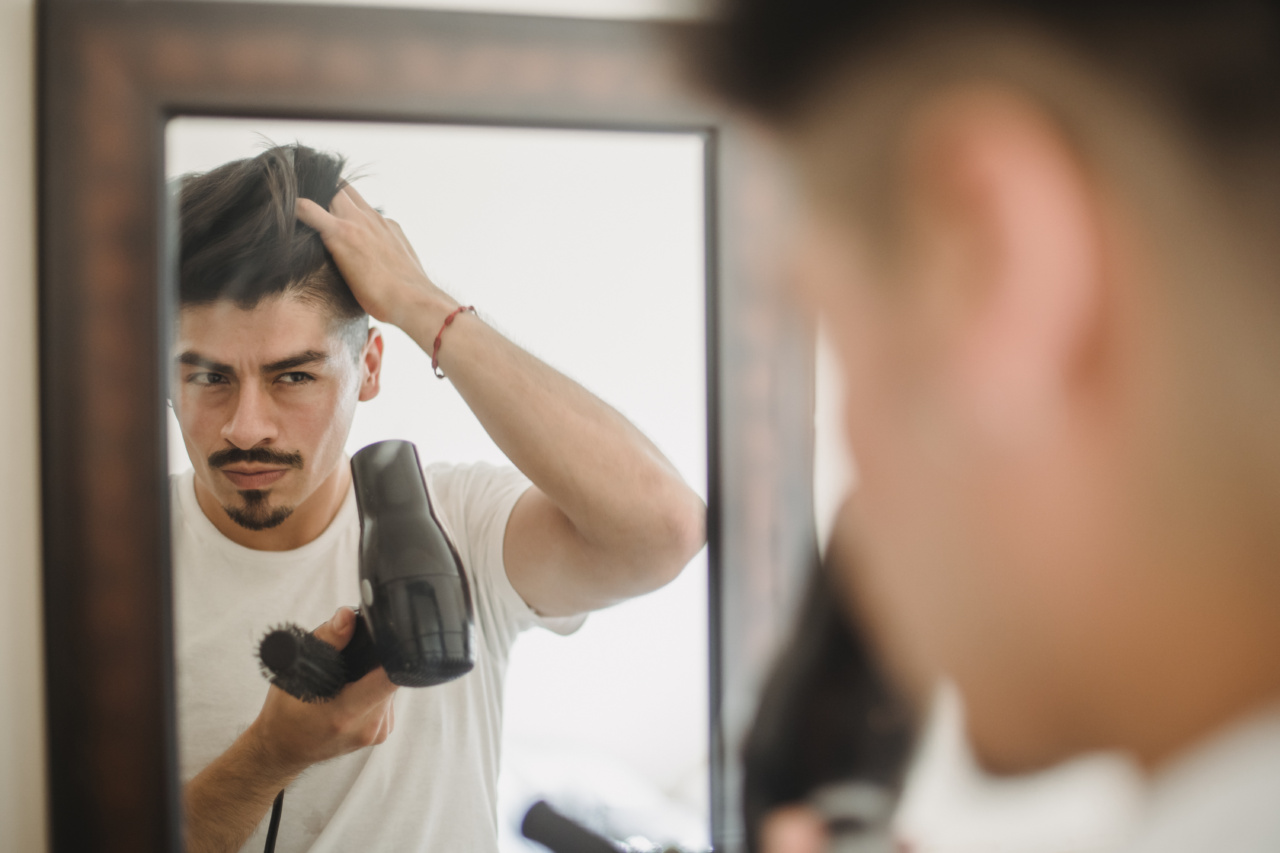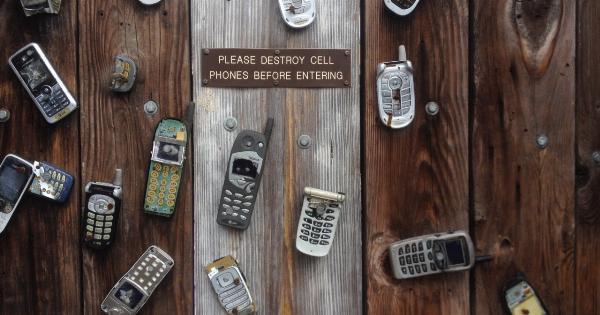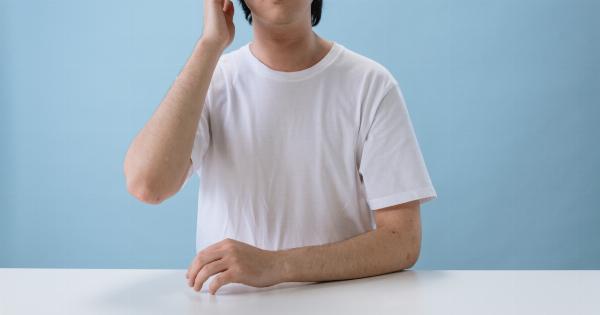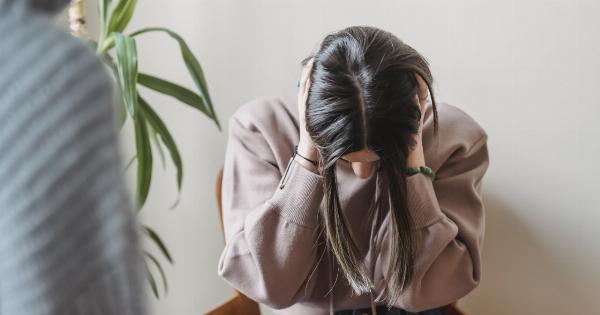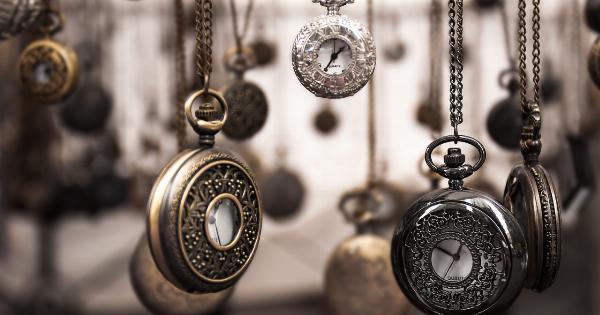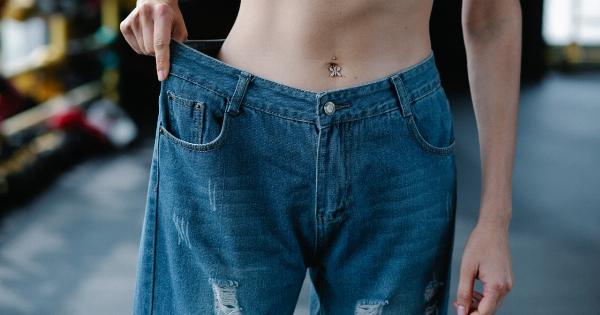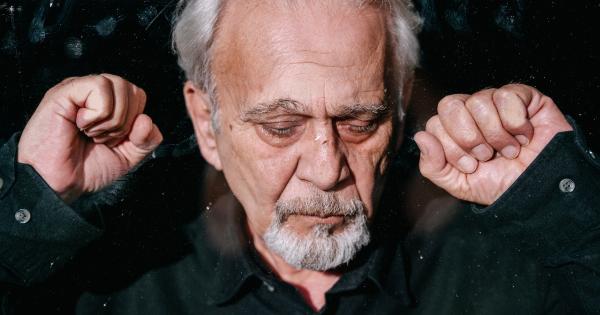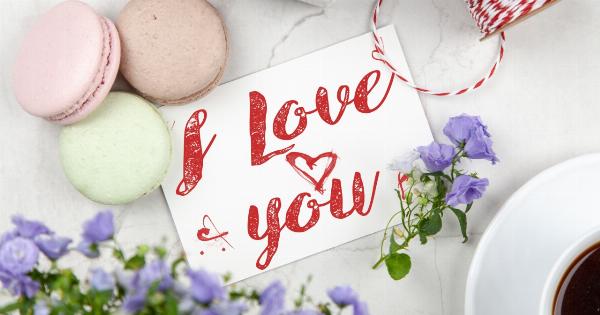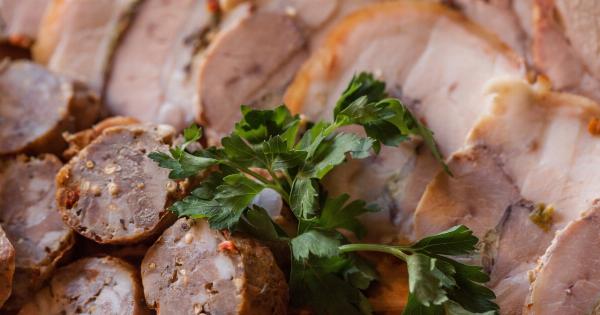When it comes to hair drying routines, there is one step that tends to be forgotten or skipped altogether – using a heat protectant spray.
Many people believe that simply using a towel or air drying their hair is enough, but this can lead to damage and frizziness in the long run.
Understanding Heat Damage
Heat damage occurs when the hair is exposed to high temperatures for prolonged periods of time. This can happen when using a hair dryer, straightening iron, or curling wand.
Over time, this damage can lead to split ends, breakage, and even permanent hair loss.
Heat protectant sprays work by creating a barrier between the hair and the heat source, preventing the hair from being directly exposed to high temperatures. This allows you to use heat styling tools without damaging your hair.
Choosing the Right Heat Protectant Spray
When choosing a heat protectant spray, it’s important to choose one that is suitable for your hair type. For example, if you have fine hair, you may want to choose a lightweight spray that won’t weigh your hair down.
On the other hand, if you have thick or curly hair, you may want to choose a more heavy-duty spray that will provide extra protection.
You should also look for a spray that contains nourishing ingredients, such as argan oil or keratin. These ingredients can help to repair and strengthen your hair, while also protecting it from heat damage.
Using a Heat Protectant Spray
Using a heat protectant spray is simple and easy. After washing your hair, simply spray the product evenly throughout your hair, making sure to focus on the ends where your hair is most vulnerable to damage.
Then, style your hair as usual using a hair dryer, straightening iron, or curling wand.
It’s important to remember that a heat protectant spray should be used every time you style your hair with heat.
Even if you are just using a hair dryer on a low setting, you should still use a protectant spray to ensure that your hair is fully protected.
The Benefits of Using a Heat Protectant Spray
Using a heat protectant spray has a number of benefits for your hair, including:.
- Preventing split ends and breakage
- Reducing frizz and flyaways
- Making your hair smoother and more manageable
- Preventing permanent damage and hair loss
By taking the extra step to use a heat protectant spray in your hair drying routine, you can ensure that your hair stays healthy and beautiful for years to come.
Final Thoughts
When it comes to hair care, it’s important to take a comprehensive approach. This means using the right products and techniques to ensure that your hair stays healthy and beautiful.
By incorporating a heat protectant spray into your hair drying routine, you can protect your hair from heat damage and keep it looking its best.
